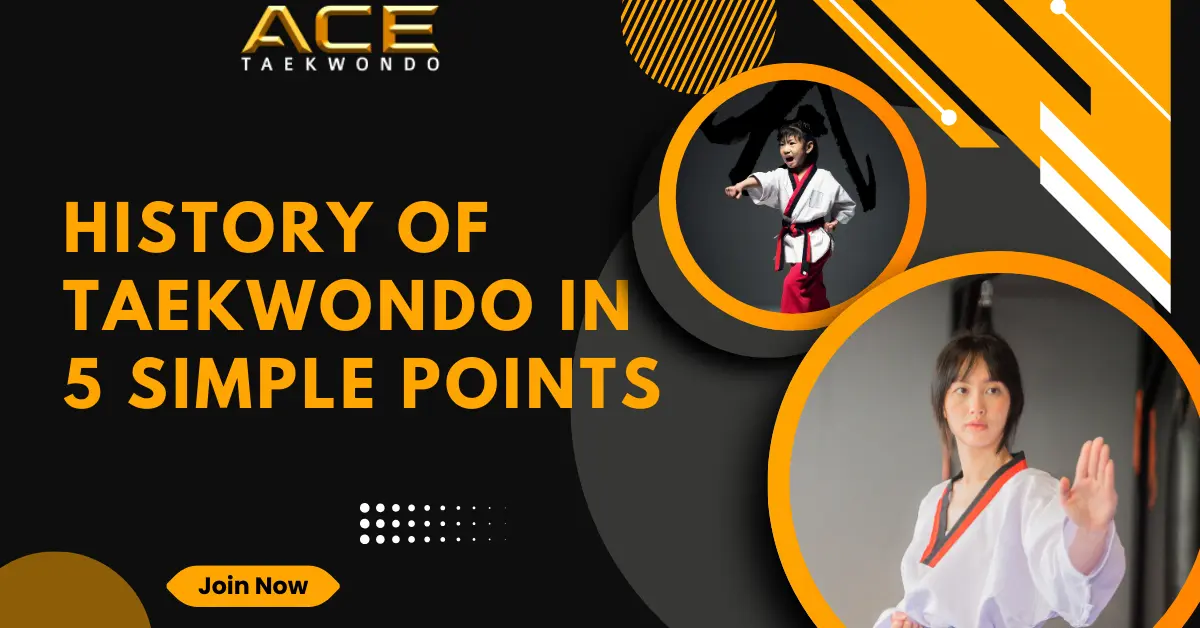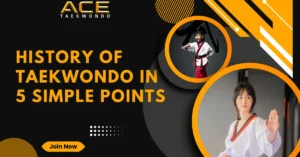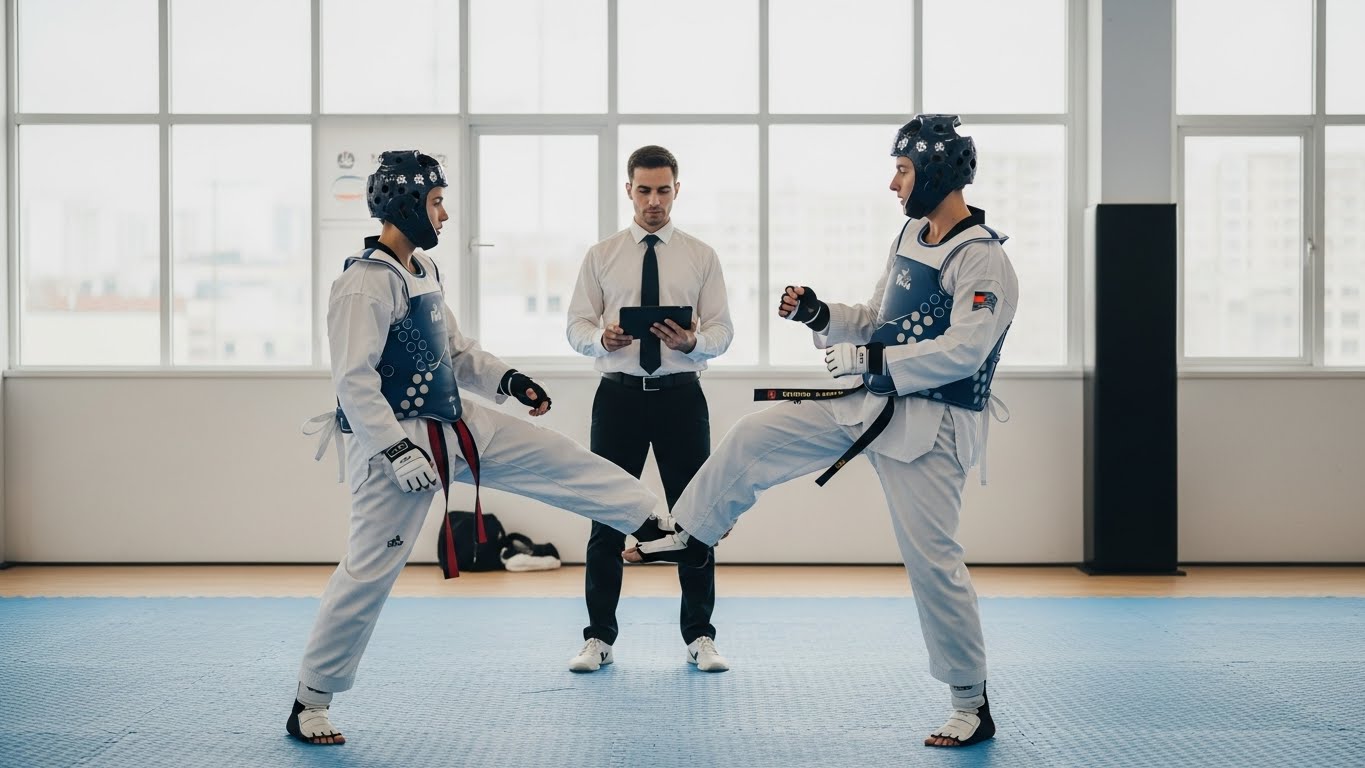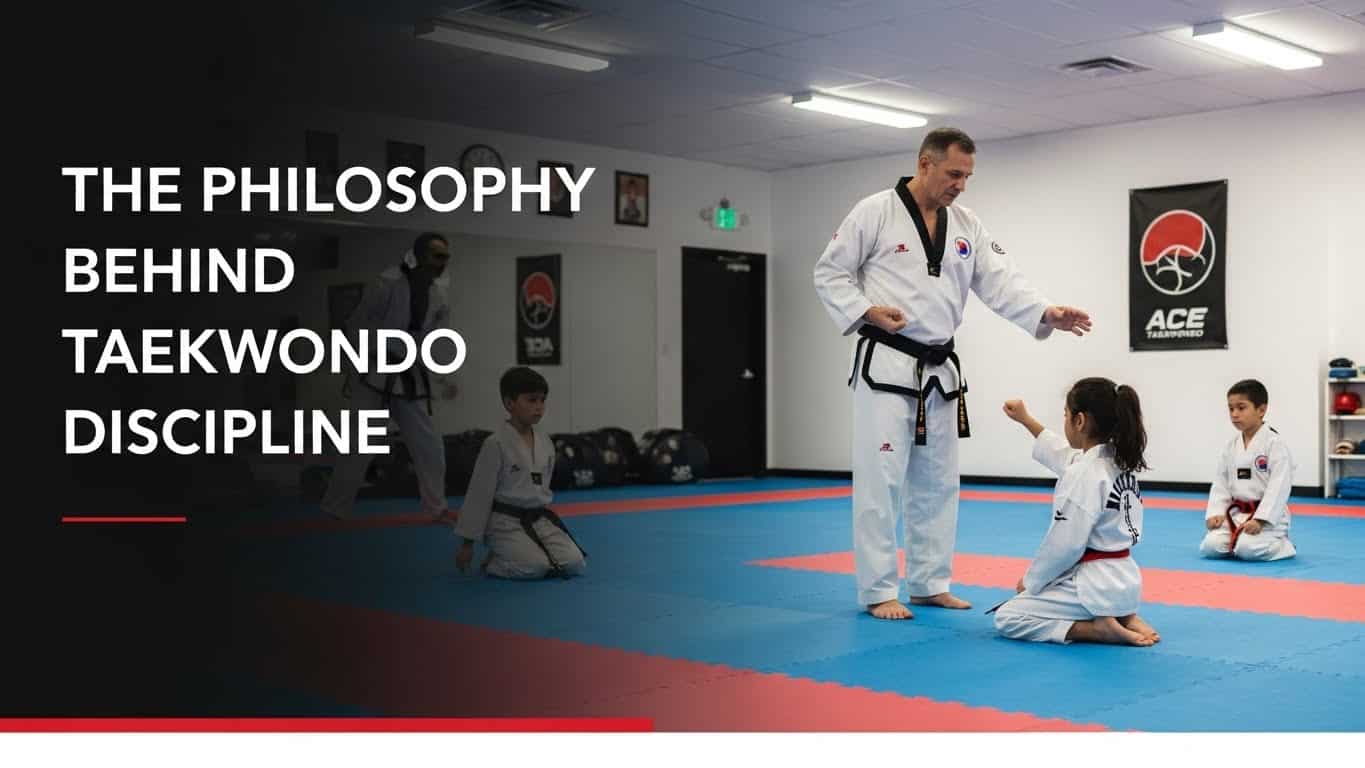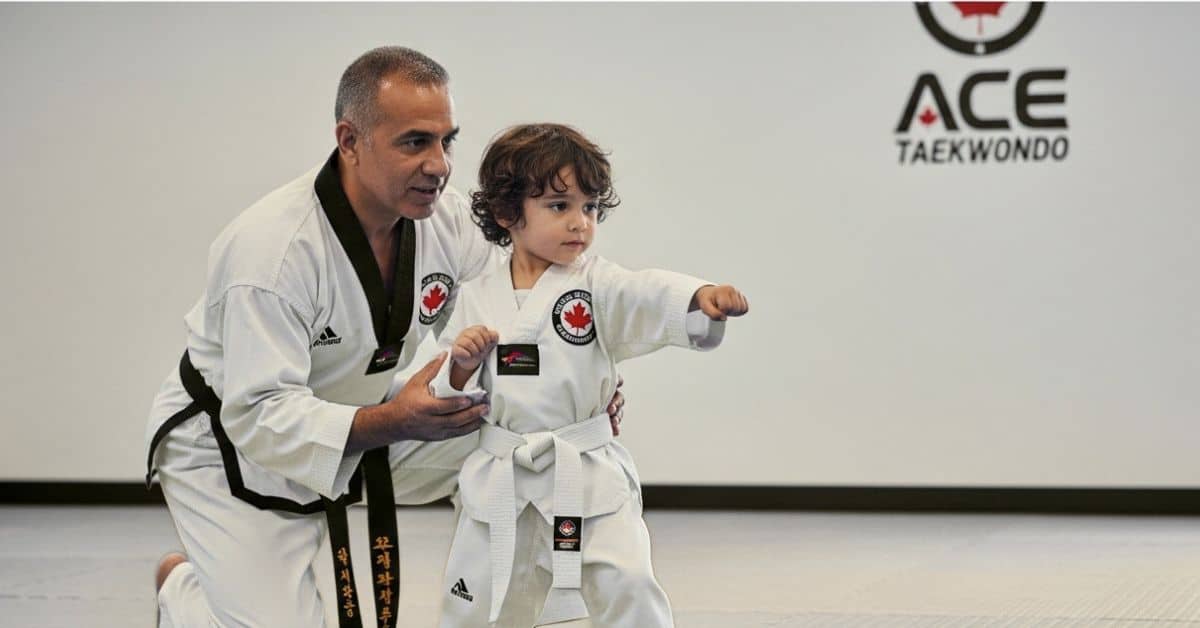Taekwondo isn’t just about learning how to kick or punch. It’s a way of life that carries a powerful story behind it, one that began centuries ago in Korea. At Ace Taekwondo, I make sure my students don’t just learn the moves. They also understand the meaning behind every block, stance, and form. In this blog, I’ll share the history of Taekwondo in 5 simple points. Whether you’re new to martial arts or already training, this journey through time will help you see Taekwondo in a whole new light—clear, valuable, and easy to follow.
-
Ancient Korean Martial Arts Roots
Taekwondo didn’t just appear overnight. Its roots go back to ancient Korea. Before Taekwondo became a known name, people practised traditional martial arts in Korea like Taekkyeon and Subak. These arts focused on foot techniques, self-defence, and discipline.
In old Korean kingdoms such as Goguryeo, you can find wall drawings showing warriors using kicks and blocks. This tells us that Koreans have practised self-defence martial arts for centuries. These arts shaped what we now call Taekwondo.
This long martial arts timeline proves that Taekwondo has always been part of Korea’s cultural pride. It wasn’t just for fighting—it taught respect, control, and spirit.
-
Taekwondo’s Early Days After the Korean War
The modern story of Taekwondo started after the Korean War in the early 1950s. At that time, Korea was rebuilding, and so were its martial arts.
During the war and after, many Korean martial artists returned from Japan. They had learned Karate, which influenced how they trained. But instead of copying it, they mixed it with Korea’s traditional styles to make something new.
This is what we call the evolution from Karate to Taekwondo.
In 1955, Korean martial art masters came together to give this new style a name—Taekwondo. The name means “the way of the foot and hand.” It was not just about fighting—it was about building character.
These early days of Taekwondo were shaped by the dream of creating a strong Korean identity through martial arts.
-
The Role of General Choi Hong Hi and Founders
One key name in Taekwondo’s rise is General Choi Hong Hi. He played a major role in shaping the art and giving it structure.
He led the movement to unify different martial arts schools (called kwans) under one system. This helped standardize techniques, training patterns (known as tuls), and rules. He also introduced the International Taekwondo Federation (ITF) in 1966.
While General Choi focused on international growth, other pioneers in Korea supported the creation of the World Taekwondo Federation (WTF), now called World Taekwondo (WT). This version became more sport-focused and later entered the Olympics.
This divide is known today as the ITF vs WTF Taekwondo history, but both sides honour the Taekwondo founders and pioneers who helped it grow.
At Ace Taekwondo, I teach students to respect both paths. They’re two branches of the same strong tree.
-
Growth of Techniques, Belts, and Dojang Traditions
As Taekwondo spread, its techniques and training systems became more polished. Strong kicks like the roundhouse, side kick, and spinning hook kick became the art’s identity.
Students now follow a belt system to show growth, starting with white and moving to black. The history of martial arts belts in Taekwondo reflects the student’s journey from beginner to expert.
Each belt level teaches more than just moves. It teaches respect, focus, and perseverance.
Training spaces, called dojangs, became sacred spots for learning. The Taekwondo dojang traditions teach students how to bow, greet, and treat their space and teachers with honour.
Even today, at Ace Taekwondo, our dojang follows these values. It’s not just a gym. It’s a place to grow.
-
Olympic Journey and Global Recognition
The dream to make Taekwondo a world sport came true in 2000 when it became an official part of the Olympic Games. This moment marked a huge leap in the Olympic journey of Taekwondo.
Thanks to the efforts of many, especially the World Taekwondo (WT), millions now know about Taekwondo worldwide.
But Olympic fame didn’t mean the loss of values. The cultural heritage stayed strong. Whether in Canada, Korea, or anywhere else, Taekwondo still teaches self-control, discipline, and peace.
At Ace Taekwondo, I remind my students that we’re part of a global story. From Korea’s mountains to Canadian dojangs, the journey continues.
Why Knowing Taekwondo History Matters
Some people think learning kicks is enough. But that’s only half the art. Knowing the origins of Taekwondo, its pioneers, and how it grew makes your training deeper.
It builds respect—for the art, for your teacher, and for yourself.
When you know where Taekwondo comes from, you train with heart. You connect to the cultural roots that built it and carry those lessons with pride.
Final Thoughts from Master Viresh
As the head instructor at Ace Taekwondo, I don’t just teach moves. I teach meaning. My students learn how to kick, block, and spar—but they also learn where those skills come from.
Taekwondo is not just a sport. It’s a journey. From ancient Korean roots to Olympic rings, from General Choi to our dojang in Canada, the story lives on.
And now, it’s your turn to be part of that story.
Read more: How Taekwondo Reduces Daily Stress
Quick Recap: 5 Key Points in Taekwondo’s History
- Ancient Martial Arts Roots: Early Korean styles like Taekkyeon shaped today’s Taekwondo.
- Post-Korean War Growth: After the war, martial artists created a unified system called Taekwondo.
- Pioneers and Organizations: General Choi, ITF, and WT helped build and grow the art globally.
- Belts, Techniques, and Dojang Culture: The belt system and training methods evolved with time.
- Olympic Recognition: Taekwondo grew from a Korean tradition into a global sport, earning its place in the Olympic Games.
Ready to Learn Taekwondo With Meaning?
At Ace Taekwondo, we blend history with practice. Whether you’re just starting or already training, I’ll help you connect with Taekwondo’s roots—one step, one kick, one story at a time.
Visit Ace Taekwondo and start your journey today.
Frequently Asked Questions
Who started Taekwondo?
General Choi Hong Hi is often seen as the founder of modern Taekwondo. He helped bring together different styles and formed the ITF.
How is Taekwondo different from Karate?
Taekwondo uses more high kicks and fast movements. While it was influenced by Karate, it kept its Korean roots and values.
When did Taekwondo become an Olympic sport?
Taekwondo became an official Olympic sport in the year 2000 at the Sydney Games.
What do the belts in Taekwondo mean?
Belts show your progress. You start with white (beginner) and move to black (advanced). Each level shows growth in skill and discipline.

